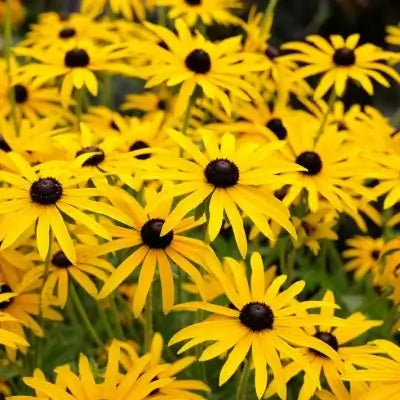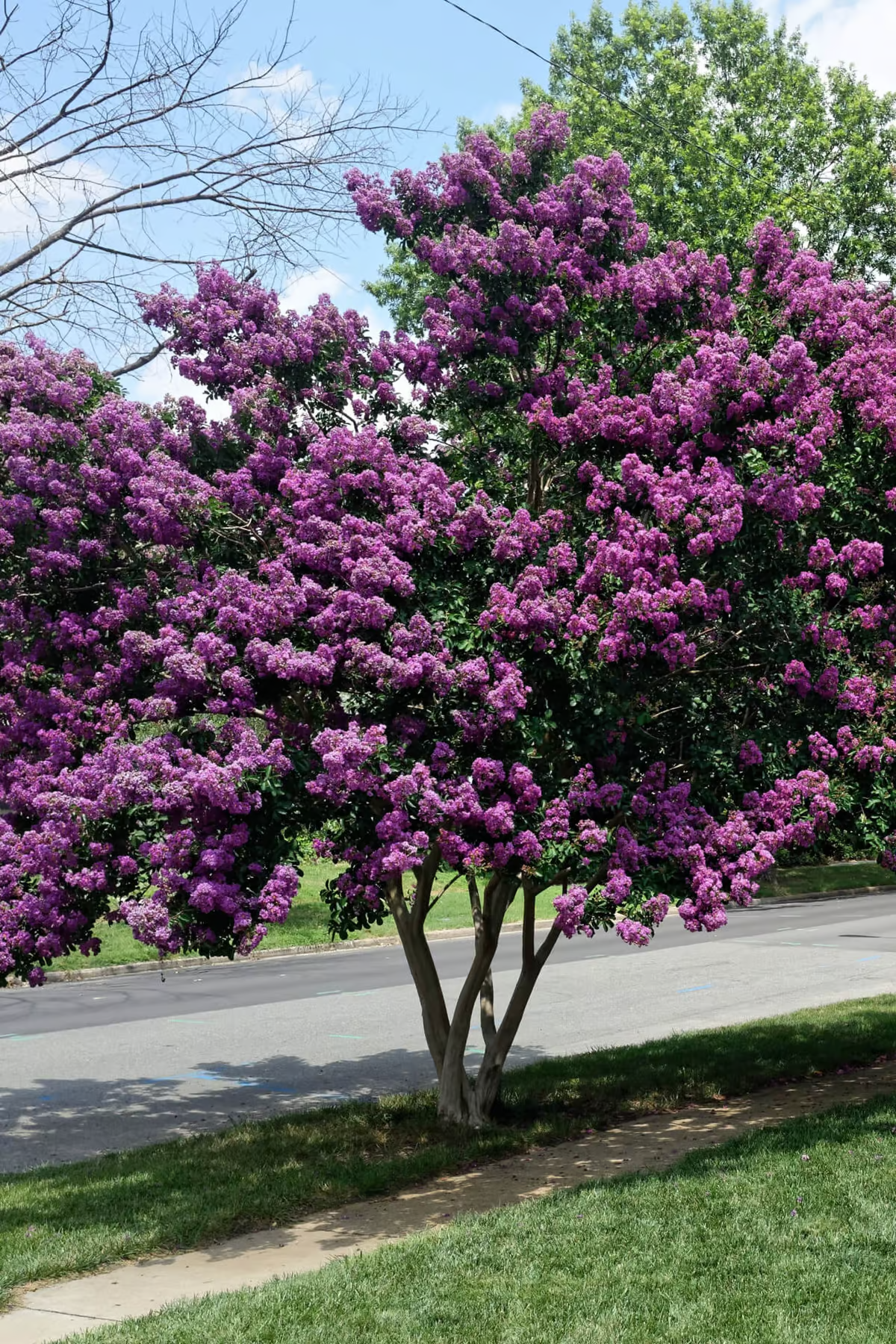
perennial plants for sales
Attracts bees and butterflies effortlessly
Provides excellent natural privacy screen
Ideal for small or large landscapes
Thrives in
ZONE 7ZONE 8ZONE 9ZONE 10Planting Season:
Nov-AprilWhen you add one plant to cart, it automatically adds the second one free on Bogo deals.
Red Crepe Myrtle provides a long blooming season, drought tolerance, and aesthetic appeal.
THIS IS NOT ON THE BOGO DEAL. THESE PRICES ARE ALMOST AT COST. FRESH DUG AND SHIPPING NOW. NOW IS THE PERFECT TIME TO PLANT FOR FALL.
To ensure all grow healthy, they should be planted in well-draining soils with full sun exposure, which tends to be at least six hours of direct sunlight daily. Prune young trees often but only occasionally if the trees are already grown. It is best to trim during early spring to keep the plant clean and visually appealing with bushy-shaped crowns for summer flowering.
Which fertilizer is suitable for them?
For this type, a slow-release all-purpose fertilizer in the 10-10-10 nitrogen—phosphorus—potassium ratio is recommended. Use it in early spring as buds are starting to break for best results, promoting green foliage and lots of blooms.
Do they grow very fast?
Yes, they are fast growers; this plant can grow up to 2 feet in a year. In a perfect world, you can quickly set them in a garden without much hustle and bustle and grow to the full size of 10-30ft, depending on the type.
What does it attract?
Due to colorful nectar-bearing flowers, red crepe myrtles attract pollinators like bees and butterflies. In some cases, they may also be likely to attract bird species that feed on the fruits of the tree. In gardens, their blooms even have the ecological importance of supporting beneficial wildlife.
How long does it live if not pruned?
These trees live long, growing to be valuable trees that may last half a century and more if adequately managed. They are durable due to their ability to withstand harsh climate and weather conditions, so they can live for decades, creating a long-term design element for any landscape.

Bloom Season
Summer
Bloom/Foliage Color
Red
Height at Maturity
Under 25 Feet
Care
Red Crepe Myrtle thrives in well-drained soil and benefits from regular watering. Trim in winter or spring to maintain shape and remove dead or crossing branches. Fertilize annually to promote healthy growth and vibrant blooms.
Plant Reproduction
Red Crepe Myrtle spreads via seeds and root suckers.
Plant bare root trees during the dormant season in early spring or late fall (November through April). Dig the hole twice as wide as the roots so the soil is well-drained. Position the tree so the root flare is at or just above ground level. Fill the hole back with the soil you dug from and water. Maintain soil moisture, especially in the tree's early years, by providing deep, regular watering. Apply a 2-4 inch mulch away from the trunk at the base to retain moisture and suppress weeds. Prune trees during the first few seasons to establish strength and resilience, remove damaged branches, and continue maintenance pruning as the tree matures. Regularly inspect for pests and diseases and apply integrated pest management practices. Protect young trees from mechanical damage and extreme temperatures with tree guards, and stake them if necessary for support, removing the stakes after one or two years.
Shipping date depends on the date displayed and chosen when you order from the product's page.
We only accept returns on plants verified dead. If you think your plants have died, we offer a 1 year warranty, please use use this File a Claim Link to verify dead plants and start with return warranty process.





Drought Tolerant:
Red Crepe Myrtle is highly resilient and can withstand dry conditions, perfect for areas with less frequent rainfall.
Long Blooming Season:
Enjoy vibrant blooms from summer through fall, providing continuous beauty and visual interest for months.
Brilliant Red Blooms:
The Red Crepe Myrtle showcases eye-catching red flowers that add a dramatic splash of color to any garden.
Attracts Wildlife:
The beautiful flowers attract pollinators like bees and butterflies, enhancing the ecological health of your garden.
Caring Tips
Each box contains detailed care instructions and information about your product. But here's the basics.
Care Tips
Red Crepe Myrtle thrives in well-drained soil and benefits from regular watering. Trim in winter or spring to maintain shape and remove dead or crossing branches. Fertilize annually to promote healthy growth and vibrant blooms.
Light Requirements
Red Crepe Myrtle flourishes in full sun, needing at least 6-8 hours of total sunlight daily. This exposure promotes vibrant blooms and strong growth, making it ideal for bright, sunny spots in your garden.
Hardy Planting Zones
7 • 8 • 9 • 10
How often should I water my plants?
How do I know if my plant is getting too much or too little sunlight?
What should I do to prepare my plants for winter?
What are the signs that my plant needs fertilizing?
How can I prevent pests from damaging my plants?
How do I choose the right plant for my climate zone?